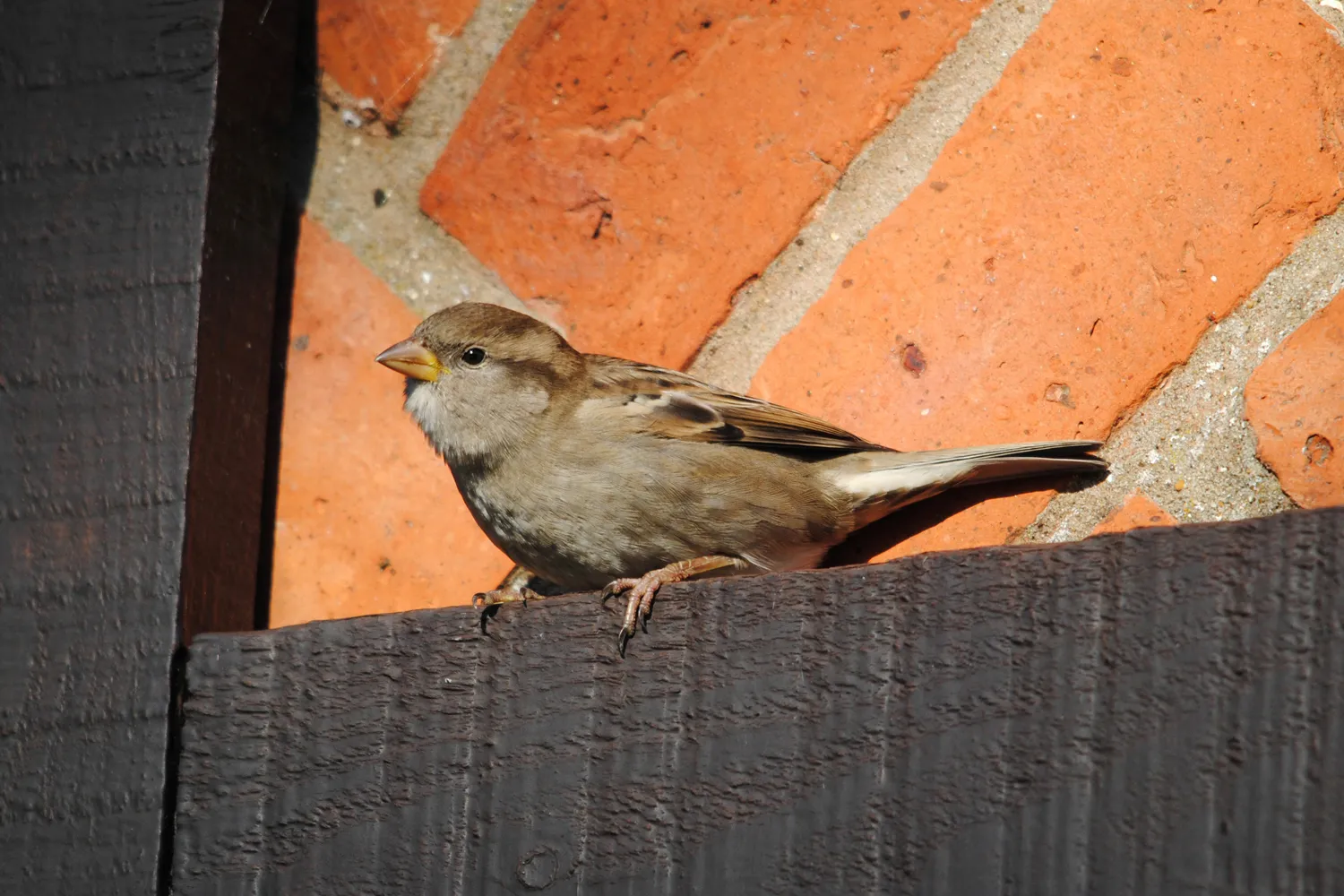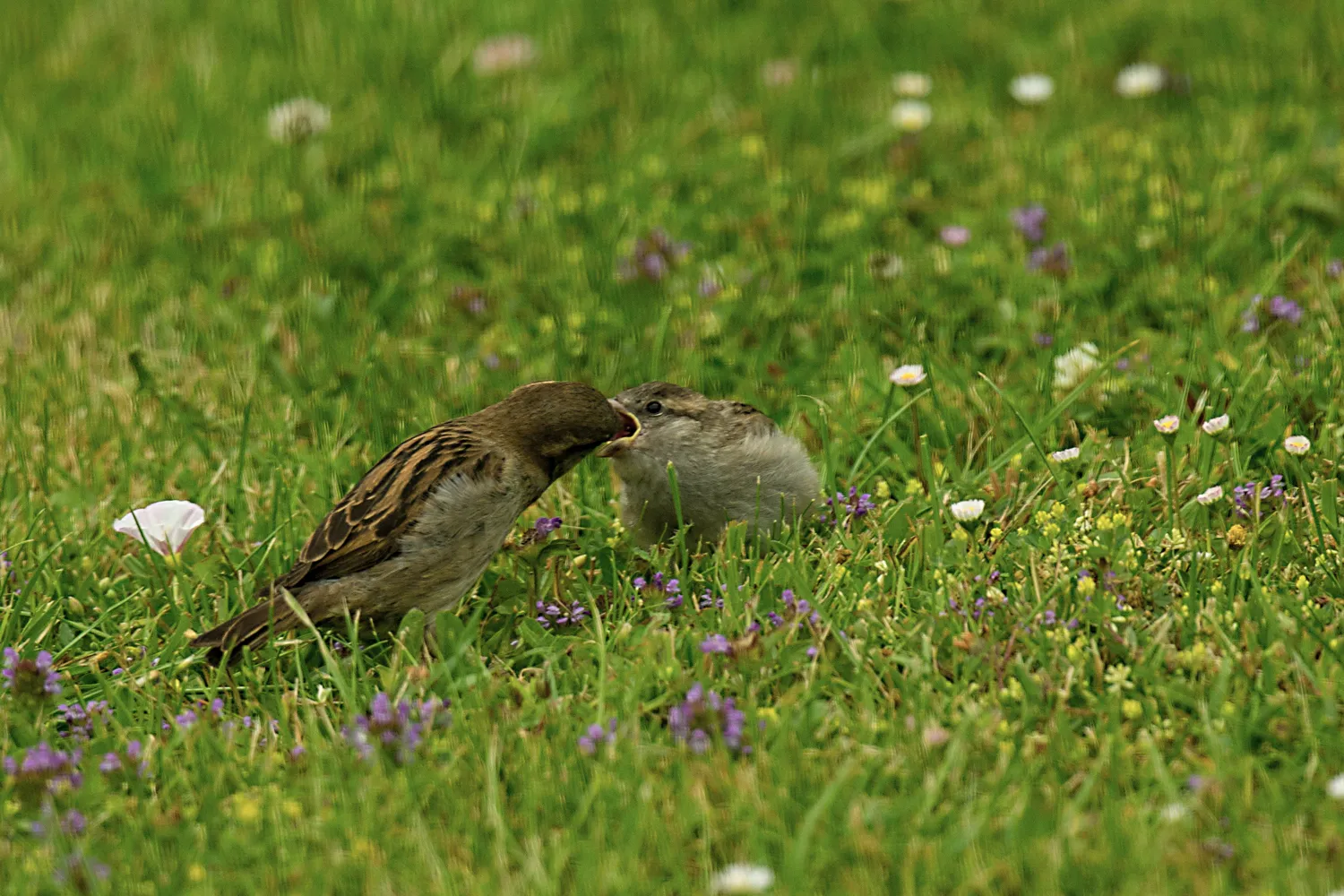UK House Sparrow populations have shown a significant long-term decline, and these have been found to vary both geographically and according to habitat. The largest declines have occurred in urbanised landscapes in eastern and south-eastern England. We wanted to understand the potential for BTO Garden BirdWatch to provide information on annual productivity of House Sparrows at a national scale.
The occurrence of House Sparrows in gardens varies seasonally, with a pronounced peak in numbers towards the end of the breeding season (August to October). Given the sedentary nature of this species, it is highly likely that this peak comprises newly-fledged birds, opening up the possibility to use the relative height of the seasonal peak to create an integrated measure of annual productivity.
Methods
We used House Sparrow data from 2,719 Garden BirdWatch sites spread across 11 Government Office Regions, restricting the analysis to those sites for which data were submitted in 40 or more weeks per year from 2003 to 2011. By comparing the peak numbers post-breeding to the numbers at the start of the year, we produced a relative measure of annual productivity, incorporating the number and success of individual breeding attempts and post-fledging survival.
We also analysed data from the Nest Record Scheme, in order to explore the demographic drivers of variation in the productivity metric, and related differences to Breeding Bird Survey regional population trends.
Results
Garden BirdWatch annual productivity was similar between rural and urban gardens but was lower in the south and east of Britain (1.32 fledglings per adult), where populations are declining, than in the north and west where populations are stable (1.37 fledglings per adult). Analysis of the Nest Record Scheme data showed similar regional variation in clutch and brood sizes.
Outputs and outcomes
The intensity of effort required to measure breeding success directly through nest monitoring has limited the scale of data collected for House Sparrows, but the results of this work suggest that Garden BirdWatch data can provide a measure of annual productivity across multiple sites. Regional variation in annual productivity mirrors population trends, suggesting that reduced breeding success may be influencing House Sparrow population recovery. The results of this work were published in the journal Bird Study.
Productivity and House Sparrow population trends

